How to determine the right mix of payment methods for your platform?
In order to ensure a smooth and safe experience on your platform, it’s essential users can choose the payment method that is most attractive to them. How can you determine what payment methods are the most suitable for your community?
To create the right mix of payment methods, it’s important to look at the different characteristics of your users and the products/ services that are traded on your platform. These are the factors that should be considered to come to the optimal payment method mix for your platform:
- Geography
Do you only operate in Germany, the UK, the Netherlands, in Europe or are you also active in the Asian market? Different regions means you have different payment methods (and other legal requirements). For example, if you’re active in Germany Sofort should be part of the mix, in Belgium it makes sense to ensure customers can pay with Bancontact. To be successful in the Netherlands, iDEAL is indispensable. Also payment behaviour can differ hugely per country or region. In Germany people are more used to paying after delivery, whereas in the Netherlands people almost always pay beforehand.
- Type of sellers
If the sellers on your platform are consumers, you can’t offer every payment method. Not all (local) schemes accept consumers as sellers or additional restrictions apply. Also, when a payout is made to a consumer seller, the possibilities of refunds are limited, especially with low volume sellers.
- Amount of the transactions
Some payment methods (and banks) have limitations on the amounts. Because of anti-fraud or AML (Anti-Money Laundering) measures the Payment Service Provider (PSP) might also have limitations on the amounts on a payment method used.
- Type of products sold
The type of products or services sold can also result in limitations regarding payment methods. It can also lead to higher charges for payment methods or risk assessments. For instance a payment of a high amount for a second hand car is more expensive than a low amount in a transaction for a second hand book.
Limitations payment methods
Having looked into these characteristics doesn’t mean the work is done. The fact is that some payment methods have specific limitations that need to be looked at as well. For instance the exclusion of certain categories of products or services which means they can’t be included in your mix.
- Type of buyers
If your platform only caters to business to business products or services, usually the mix of payment methods used is different than when consumer buyers are on the platform. For instance, consumer buyers more often use local payment methods whereas businesses don’t allow these methods for their employees and prefer to work with a company credit card or SEPA bank transfer.
- Guarantee payment
Some payment methods like iDEAL (NL), Bancontact (BE), Multibanco (IT), FPS (UK) and credit cards directly guarantee the funds to be transferred, with others this may take a while. If direct confirmation is important on the platform, you will prefer guaranteed payment methods so users can rest assured the transaction is successful.
- Chargeback possibilities
Some payment methods offer the possibility for buyers to request a chargeback (to refund the money to the buyer). Sometimes this can be done without any feedback from the platform or seller (like a normal SEPA Direct Debit transaction) and sometimes there’s a feedback loop. Whether or not you have any chance of stopping the chargeback depends on the setup of the platform and whether the product or service was delivered or provided correctly. As a platform is not part of the transaction, it can be hard to provide the requested proof. If the money has already been paid to the seller, it can also be hard (or impossible) to get it back from the (consumer) seller.
- Pricing
Some payment methods are much cheaper than others. Where the cost of a Payment Inititation (Open banking) is already available from as low as 15 cents, a credit card or PayPal transaction takes a percentage of the amount. For a payment of 100 euro, this is already 15-30 times higher, let alone for even higher amounts. This has a large impact on the business model of the platform as well, since you are legally not allowed to charge the buyer more for a credit card transaction than for an open banking transaction (surcharging).
But what if the perfect mix is not available or too expensive?
It’s obvious that determining the right mix requires some serious work and research. Also you might discover that you’ve decided on the right mix, but are held back by barriers of payment methods not being available in your region or being too expensive.
As we’ve seen a lot of platforms struggling with their payment mix, we have done some extensive research about the effect of the payment mix. Together with some partners we’ve performed a couple of ‘fake-door’ tests. This is a test where you offer a buyer multiple payment methods on the platform, although not all are actually available. This way you can research the preferred payment method of the buyer.
Fake-door test
The buyer will first click on his preferred payment method. When it’s not available the test will show a message about the availability and offer the buyer the payment methods that are actually available.
This will result in information about:
- The preferred payment method of the buyer
- The amount of transactions still being concluded (paid) with a different payment method than the preferred one.
By running this test in an A-B setting, you can also check whether you actually lose transactions due to the fact that the preferred payment method is not available.
The results
All tests show that even if the preferred payment method isn’t available, in over 99,8% of the cases, the buyer will still make the payment with another payment method (second choice). This was even the case when the preferred payment method would take a large percentage of the payments if it was available in the payment mix. In Germany for example, we performed tests on a large platform with and without PayPal as a payment method. Leaving PayPal out did not result in less payments being made, only 40% of the users would prefer PayPal over their second choice payment method. With the test results in mind we can conclude that the right mix of payment methods is very important for your platform. However you can perfectly do without some of them if they won’t fit your setup, platform or business model.

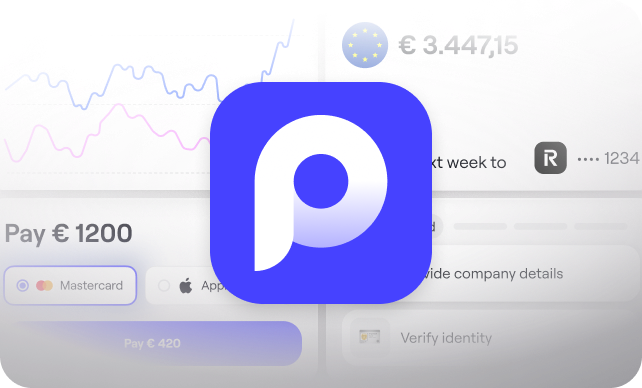
.svg)
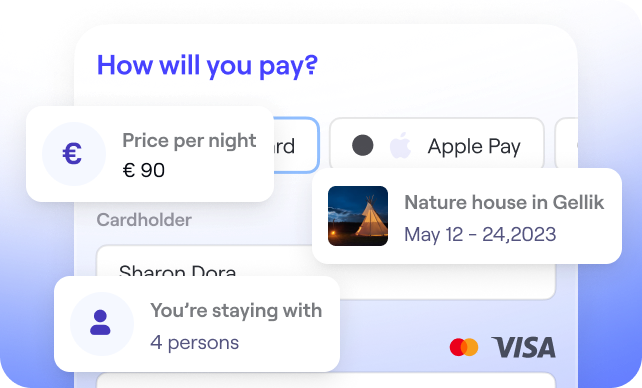


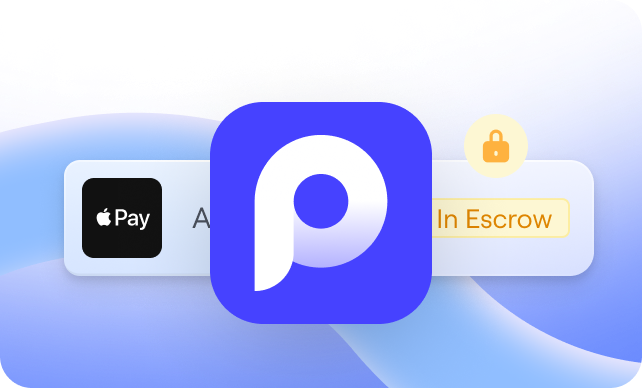

.svg)
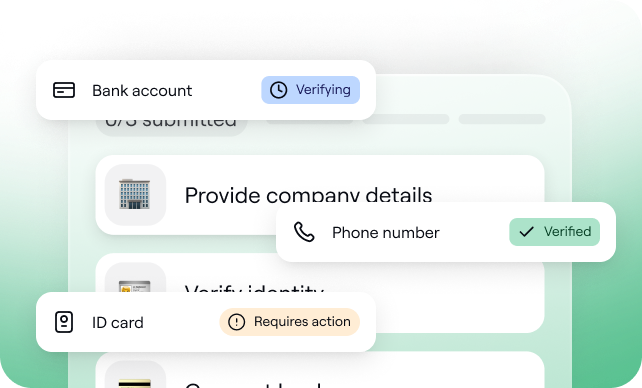
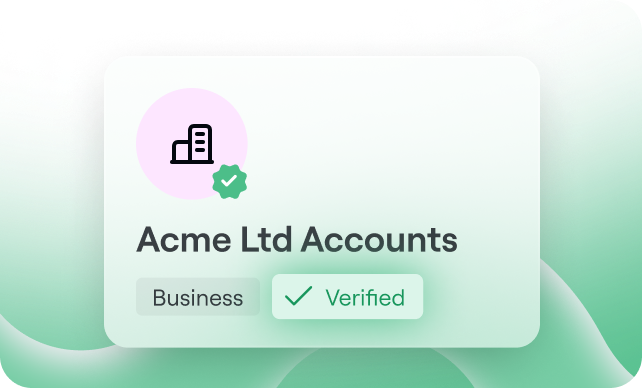


.svg)
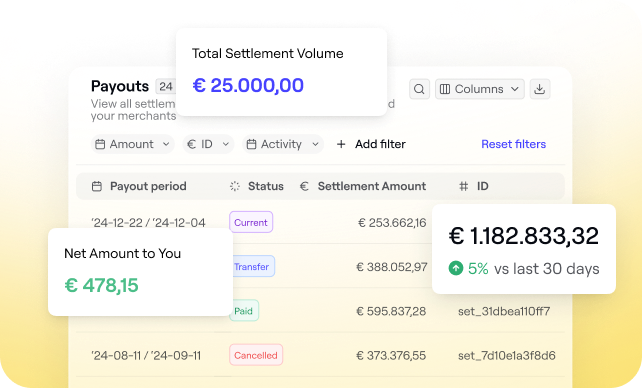
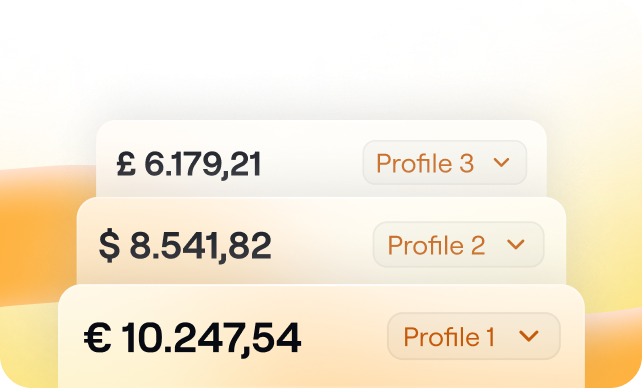
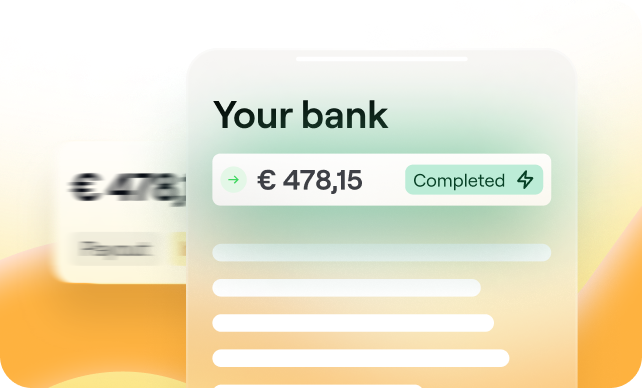
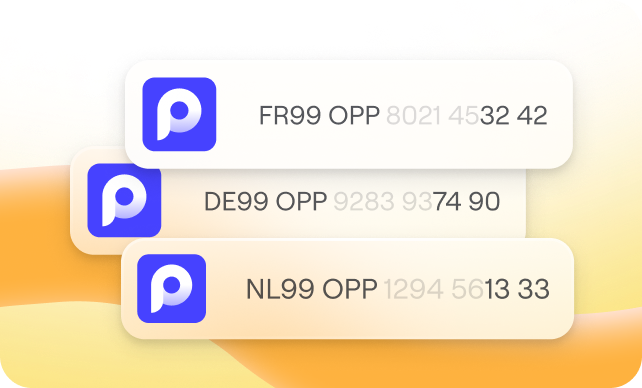
.svg)
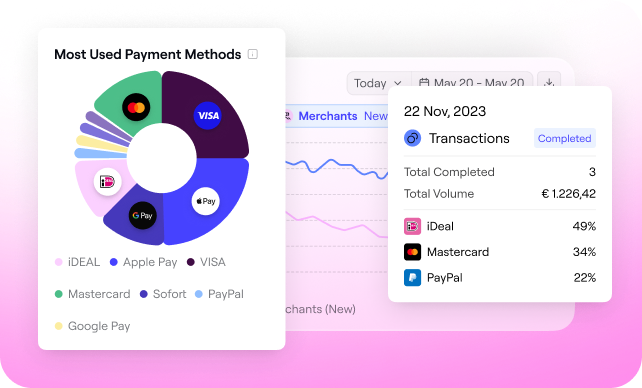
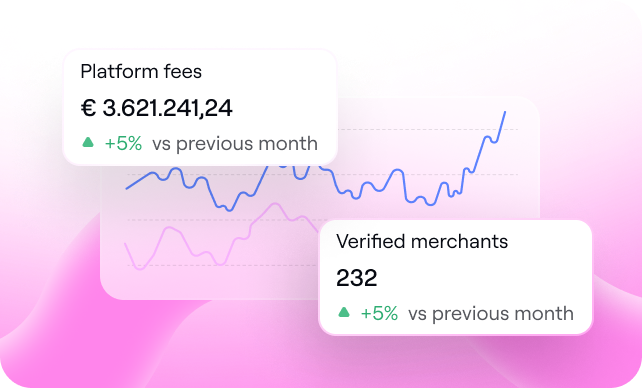
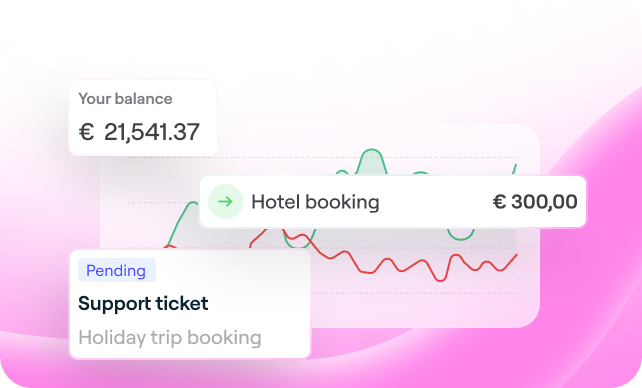
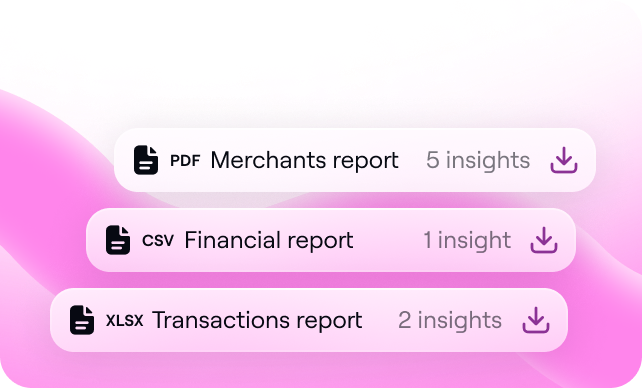
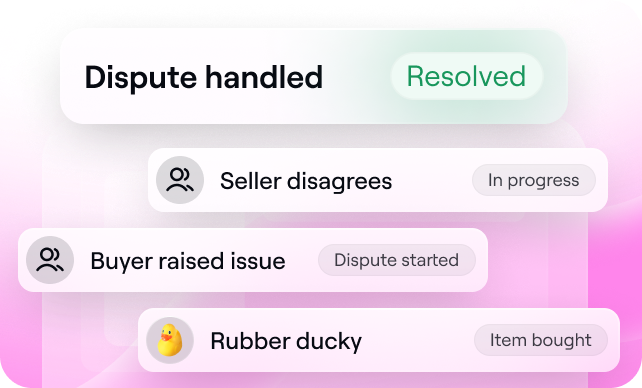







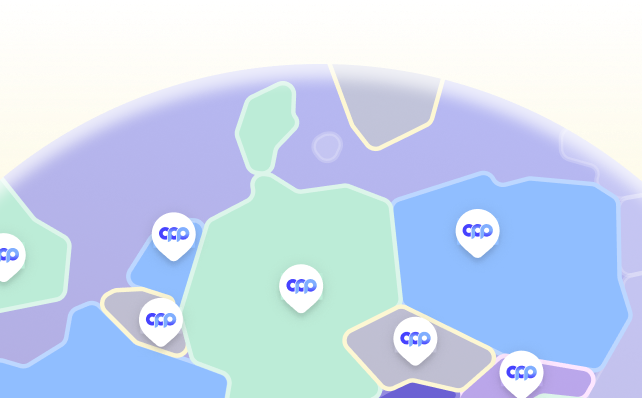




%20(1).png?width=1300&name=Copy%20of%20Copy%20of%20Blog%20post%20(1620%20x%201080%20px)%20(1).png)



.png)
.png?width=75&height=51&name=Worldline%20(2).png)